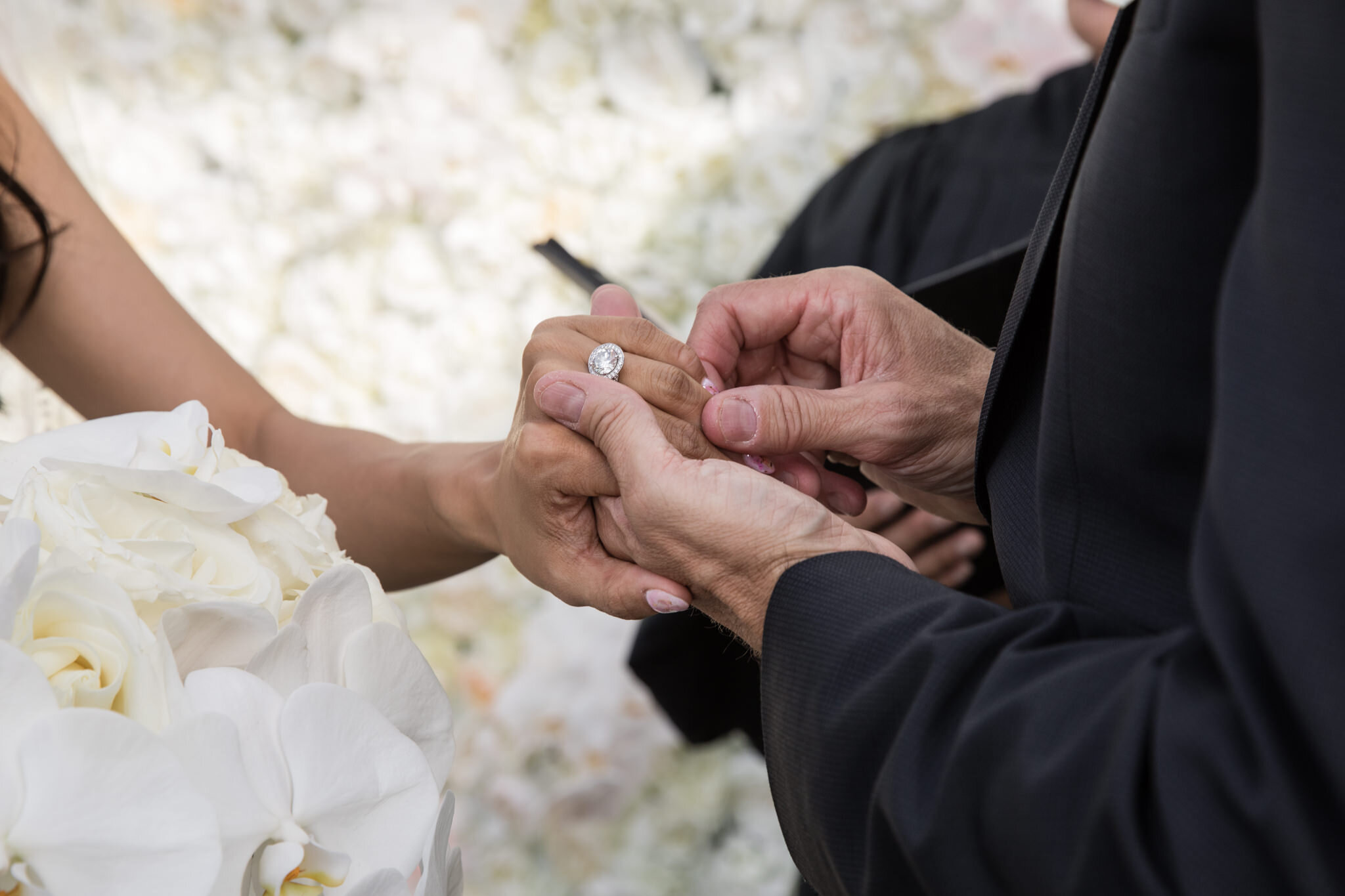Diamond Clarity: More Than Meets the Eye | Seattle Wedding Planner
In terms of choosing the most impressive gemstones to adorn a piece of jewelry, diamonds are the "clear" winners. As you may have already guessed, we are referring to their clarity in this sense. It only stands to reason that clearer stones will fetch more value and are considered to be extremely attractive to the eye of the beholder. Still, we need to keep in mind that the concept of clarity is slightly more complicated than it may initially appear. What will professional jewelers take into account when determining the clarity of a stone? Why it this variable extremely important during a valuation? How will clarity grades impact the ultimate price? Each of these questions deserves more attention.
Photo by Roddy Chung Photography
Diamond Clarity Defined
Notwithstanding cut, color and carat, clarity is one of the most important factors that will determine the quality (and value) of a diamond. We need to keep in mind that these stones are formed underground over millions of years, so some will naturally be more pristine than others. Many diamonds will contain small faults known as inclusions. As these materials will impede their reflectivity and brilliance, they can impact how the stone is graded and therefore, its ultimate value.
What Factors Will be Analyzed?
Professionals will examine several metrics when determining the clarity of a diamond. Here are the most important factors:
The size of the inclusion(s)
How many inclusions are present
The shape of the inclusions
How much the inclusions contrast with the diamond
Where the inclusions are found
Having said this, the majority of experts will primarily focus upon the size of the inclusions when calculating the value of your stone. This will ultimately determine how it is graded.
Photo by Roddy Chung Photography
A Quick Look at Clarity Grades
It is very important to work with well-known organizations when grading a diamond. The Gemological Institute of America (GIA) and the American Gem Society (AGS) are the most respected. These institutions will be able to accurately grade your stone and their ratings are highly respected. There are several levels of clarity which have been developed in order to appreciate the unique characteristics of each diamond:
Flawless (no inclusions can be found even when under 10x magnification)
Internally flawless (small external blemishes that can be polished away)
Very very slightly included (VVS1 and VVS2)
Very slightly included (VS1 and VS2)
Slightly included (SI1 and SI2).
Included (I1, I2 and I3)
This is a hierarchical grading system. In other words, the number and size of any inclusions increases as we descend through the list. So, a diamond graded as internally flawless will be more valuable when compared to a stone classified as slightly included.
If you would like to learn more about clarity, feel free to refer to the PriceScope diamond and jewelry forum. A wealth of information is available for those who wish to obtain a "clear" understanding of how these amazing stones are assessed.


